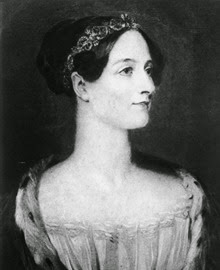What is Search Engine Optimization (SEO)?
Why SEO?
The majority of web traffic sources are the major search engines like, Google, Bing, and Yahoo!. On the other hand, the social media and some other types of traffic can add up the audience to your website but the search engines are the primary key of searching for most of the Internet users. This is a fact whether your website provides content, articles, services, products, information, entertainment or anything else.
What happens without SEO?
Search engines are kept updated and are smart too but they still need help to search webpages for users. The search engines are always trying to improve their technology to crawl the webpages more deeply, precisely and return better search results to the users. However, there is a boundary to how search engines can operate but the SEO can let you thousands of visitors and more attention with interest. The wrong step in SEO can hide your website deep in the search results where the users does not visit. Normally the users search their relevant data and go to the first 3 to 5 pages of the search result.Moreover, to make your website's content available to search engines, SEO also helps to boost up the rankings of your website so that the content will be available where the users will find it more easily i.e. on the first 2,3 pages of the search engine. The world of Internet is becoming more competitive, and those developers who perform SEO in the websites will have an advantage in increasing the company's audience and customers.
Can You Perform SEO Yourself?
Performing SEO is complex, but most people can easily understand the basic concept. A small amount of knowledge can make a big difference because its a Chinese proverb that "A journey of a thousand miles begins with a single step". Your knowledge with a little practice can make you an expert. In the world of Computer Science practice is most important beside your knowledge. Becoming an expert depends on your commitment, passion to learn and the complexity of your website. First of all you must have a clear concept of SEO before performing it.Computer Science Prevails also provides a tutorial on performing SEO correctly but first of all you must understand the basics. A tutorial on performing SEO is available, all you need is to click here.


 14:30
14:30
 Unknown
Unknown


